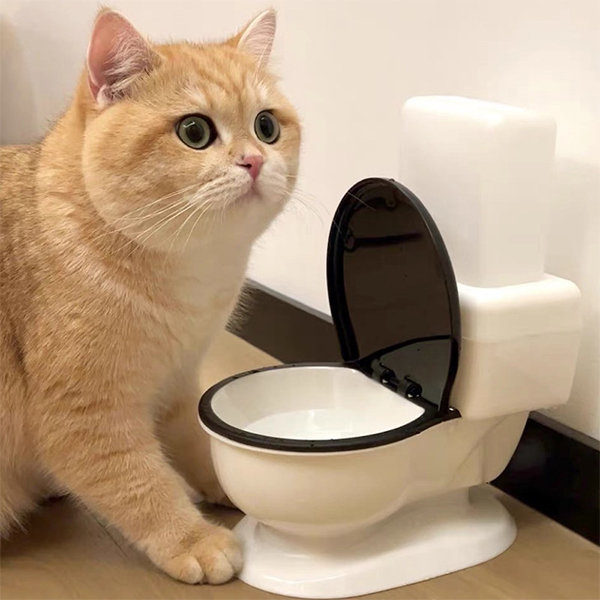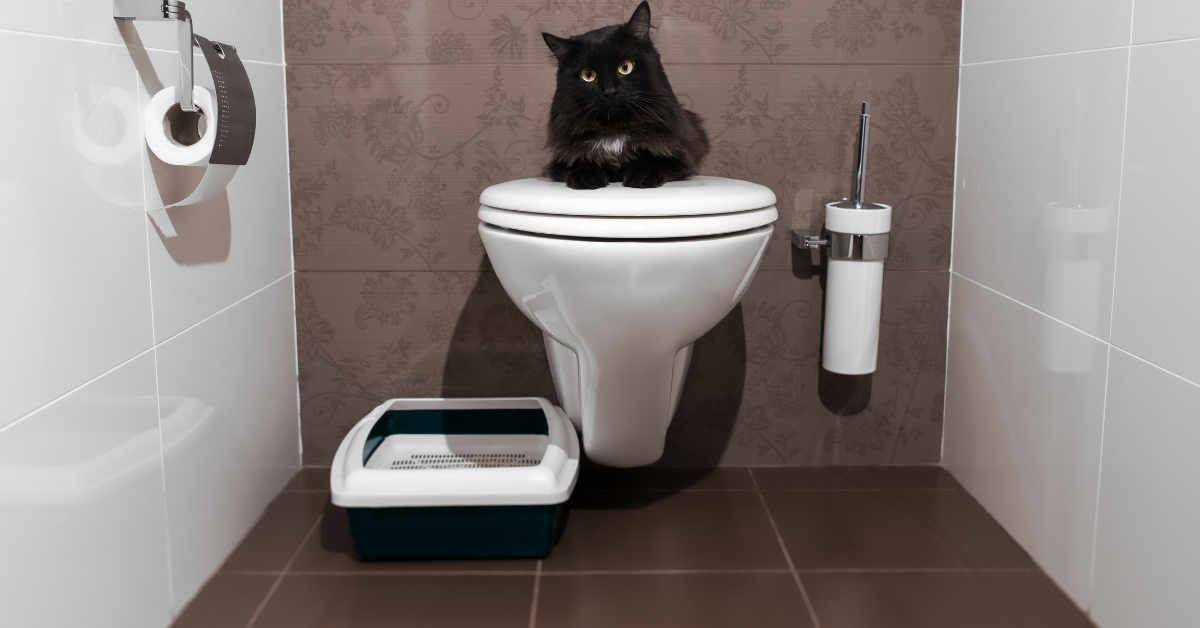Prevent Toilet Disasters: Don't Flush Cat Poop Down Your Toilet - Professional Advice
Prevent Toilet Disasters: Don't Flush Cat Poop Down Your Toilet - Professional Advice
Blog Article
What are your ideas concerning Can You Flush Cat Poo or Litter Down the Toilet??

Intro
As cat owners, it's necessary to bear in mind exactly how we deal with our feline good friends' waste. While it may seem hassle-free to purge pet cat poop down the bathroom, this practice can have destructive consequences for both the atmosphere and human health.
Alternatives to Flushing
The good news is, there are much safer and a lot more liable methods to dispose of cat poop. Think about the complying with choices:
1. Scoop and Dispose in Trash
One of the most common method of getting rid of pet cat poop is to scoop it right into a naturally degradable bag and throw it in the trash. Be sure to utilize a dedicated litter inside story and dispose of the waste immediately.
2. Usage Biodegradable Litter
Select biodegradable pet cat clutter made from products such as corn or wheat. These trashes are eco-friendly and can be safely thrown away in the trash.
3. Bury in the Yard
If you have a yard, consider burying cat waste in a marked location far from vegetable gardens and water sources. Make sure to dig deep sufficient to prevent contamination of groundwater.
4. Mount a Pet Waste Disposal System
Buy a pet dog garbage disposal system particularly created for feline waste. These systems make use of enzymes to break down the waste, lowering smell and environmental influence.
Wellness Risks
Along with environmental issues, purging feline waste can also present health risks to human beings. Cat feces might include Toxoplasma gondii, a parasite that can create toxoplasmosis-- a possibly severe ailment, specifically for expecting women and people with damaged immune systems.
Ecological Impact
Purging feline poop introduces hazardous pathogens and parasites right into the water system, positioning a significant danger to aquatic ecosystems. These impurities can negatively affect marine life and compromise water high quality.
Conclusion
Accountable pet ownership prolongs beyond supplying food and sanctuary-- it likewise entails proper waste management. By refraining from purging pet cat poop down the bathroom and opting for different disposal methods, we can decrease our environmental impact and protect human wellness.
Why Can’t I Flush Cat Poop?
It Spreads a Parasite
Cats are frequently infected with a parasite called toxoplasma gondii. The parasite causes an infection called toxoplasmosis. It is usually harmless to cats. The parasite only uses cat poop as a host for its eggs. Otherwise, the cat’s immune system usually keeps the infection at low enough levels to maintain its own health. But it does not stop the develop of eggs. These eggs are tiny and surprisingly tough. They may survive for a year before they begin to grow. But that’s the problem.
Our wastewater system is not designed to deal with toxoplasmosis eggs. Instead, most eggs will flush from your toilet into sewers and wastewater management plants. After the sewage is treated for many other harmful things in it, it is typically released into local rivers, lakes, or oceans. Here, the toxoplasmosis eggs can find new hosts, including starfish, crabs, otters, and many other wildlife. For many, this is a significant risk to their health. Toxoplasmosis can also end up infecting water sources that are important for agriculture, which means our deer, pigs, and sheep can get infected too.
Is There Risk to Humans?
There can be a risk to human life from flushing cat poop down the toilet. If you do so, the parasites from your cat’s poop can end up in shellfish, game animals, or livestock. If this meat is then served raw or undercooked, the people who eat it can get sick.
In fact, according to the CDC, 40 million people in the United States are infected with toxoplasma gondii. They get it from exposure to infected seafood, or from some kind of cat poop contamination, like drinking from a stream that is contaminated or touching anything that has come into contact with cat poop. That includes just cleaning a cat litter box.
Most people who get infected with these parasites will not develop any symptoms. However, for pregnant women or for those with compromised immune systems, the parasite can cause severe health problems.
How to Handle Cat Poop
The best way to handle cat poop is actually to clean the box more often. The eggs that the parasite sheds will not become active until one to five days after the cat poops. That means that if you clean daily, you’re much less likely to come into direct contact with infectious eggs.
That said, always dispose of cat poop in the garbage and not down the toilet. Wash your hands before and after you clean the litter box, and bring the bag of poop right outside to your garbage bins.
https://trenchlesssolutionsusa.com/why-cant-i-flush-cat-poop/

Do you enjoy reading up on How to Dispose of Cat Poop and Litter Without Plastic Bags? Create a remark down the page. We would be delighted to find out your insights about this content. We are looking forward that you visit us again before long. Feel free to take the opportunity to distribute this article if you liked it. Bless you for your time. Kindly check up our website back soon.
Website Report this page